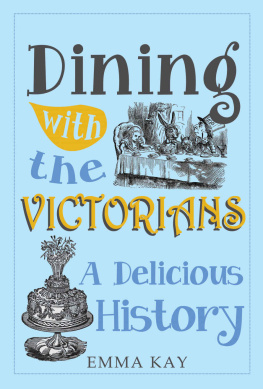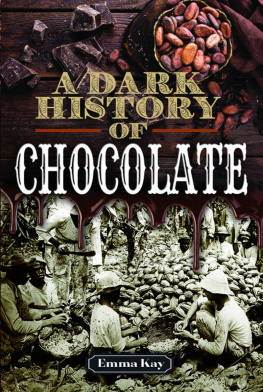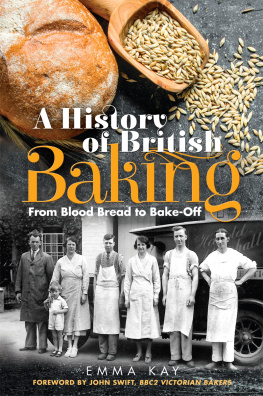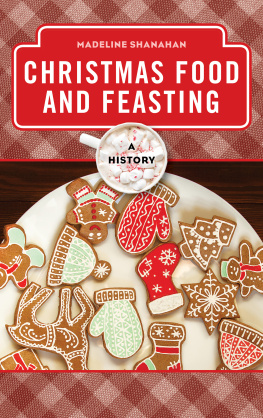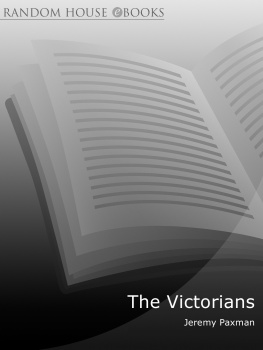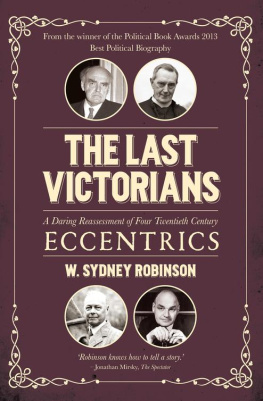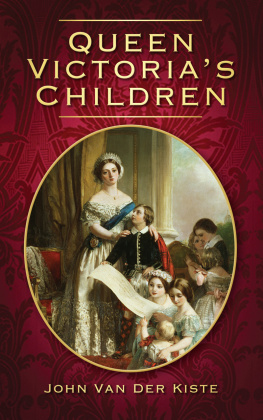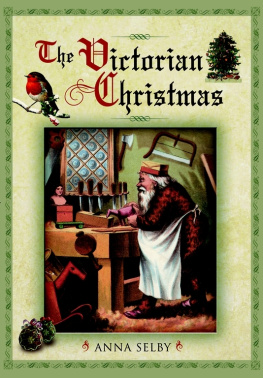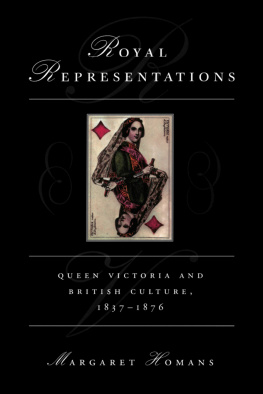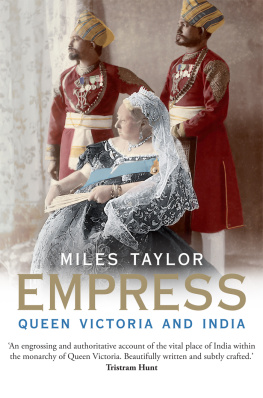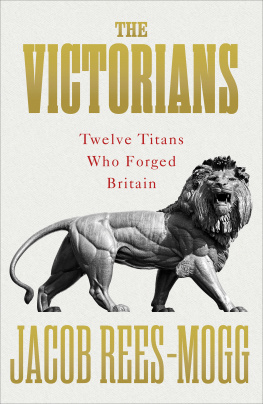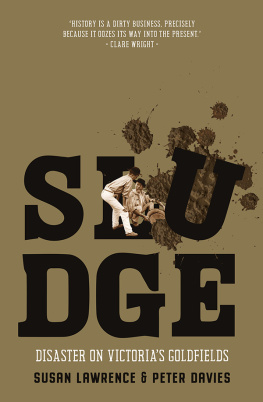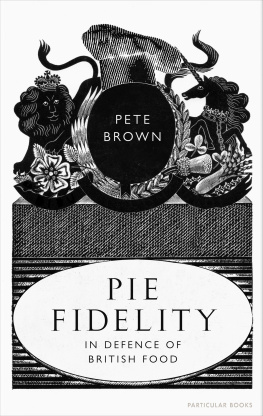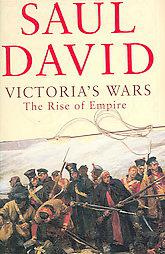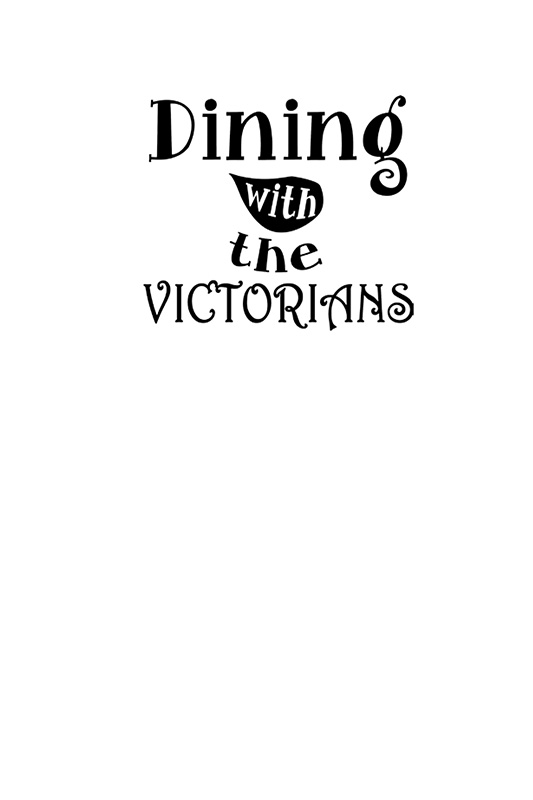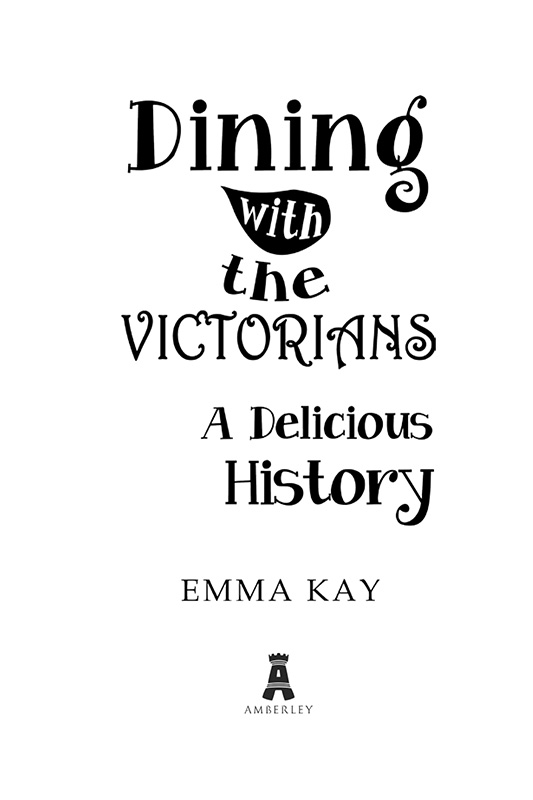First published 2015
Amberley Publishing
The Hill, Stroud
Gloucestershire, GL5 4EP
www.amberley-books.com
Copyright Emma Kay, 2015
The right of Emma Kay to be identified as the Author of this work has been asserted in accordance with the Copyrights, Designs and Patents Act 1988.
ISBN 9781445646541 (PRINT)
ISBN 9781445646558 (eBOOK)
All rights reserved. No part of this book may be reprinted or reproduced or utilised in any form or by any electronic, mechanical or other means, now known or hereafter invented, including photocopying and recording, or in any information storage or retrieval system, without the permission in writing from the Publishers.
British Library Cataloguing in Publication Data.
A catalogue record for this book is available from the British Library.
Typesetting and Origination by Amberley Publishing
Printed in the UK.
CONTENTS
ACKNOWLEDGEMENTS
Firstly I would like to say a big thank you to Antony Worrall Thompson and Simon Jenkins, two very talented men in the field of culinary excellence, who were gracious enough to endorse my last book. I consider myself very lucky that the wonderful Amberley Publishing invited me to write a second book, following on from Dining with the Georgians. To be honest I didnt think I had it in me, having a three-year-old still at home almost full-time and embarking on a big house move. But somehow despite all the odds I achieved it. Writing about cooking and food in the eighteenth century was challenging in terms of the resources available and I believe I unearthed a great deal of new research in this area.
When writing about Victorian history there is an abundance of information out there, almost too much, which made this book challenging in other ways.
I took heed of readers suggestions following my first book, one of which was the desire for more recipes, so I have attempted to include a few interesting ones to accompany the themes of each chapter. As before, my amazing husband, who I am so thankful for, has created some wonderful images using my private collection of kitchenalia and I hope to be out and about in the next year promoting both my independent museum and my books that have been the inspiration from it.
This year marks the tenth anniversary of my mothers death and she has frequently been on my mind throughout the writing of this book. Not only did she manage to bring up three children, paint amazing works of art and photograph for leading magazines, all from home, but she also managed to produce the most incredible food, the memory of which continues to inspire some of my own dishes.
There remains in this country a strange underlying and unfounded criticism of women who choose to stay at home to bring up their children, while also working from home, but believe me it is the hardest thing in the world to do. I salute all those women and men out there who do it and are not recognised for their achievement.
PREFACE
I hope that the one thing both Dining with the Georgians and Dining with the Victorians have achieved is to highlight some of the wonderfully talented men and women who are, or were, working in the field of culinary arts in many forms, who have been denied recognition. Both the past and the present have influenced this book. It was important to me to draw attention to the fact that actually very little has changed in our current British society. Just as back then, we now have celebrity chefs, a mass consumerist market for literature on cooking, endless expos and large scale food exhibitions, an obsession with French and Continental cuisine and a retail industry flooded with new food products and kitchenware designed to cook and prepare food. We also have an abundance of choice where restaurants, tea shops, cafes, public houses and independent artisan craftsmen are concerned. Britain is still even sharing the same debates about health and diet in schools and on our shelves. All of this has been available to us for centuries, sometimes in different guises but always with the same purpose: to provide the public with good food. Food that is both high-end and affordable, food that inspires and food that delights. Long may it continue to do so.
INTRODUCTION
The pleasure of eating is one familiar to us all. What, how and why we consume what we do in Britain today has largely been shaped by our history, a fact that we all take for granted. My last book, Dining with the Georgians, explored the way Britain as a nation ate, drank, cooked and dined at a time when the country was ripe for change, innovation and a broadening of cultural avant-garde. Dining with the Victorians considers the next stage of this culinary transformation in the context of class, society and the overall modernisation of Britain.
The golden age of the European Enlightenment transformed Britains cultural and intellectual outlook. The Victorians were the first to truly implement these ideals of reason, rationality and individualism through industrial evolution and philanthropic social empathy. This is perhaps best illustrated by the great visionaries, artists and writers of the time. While the Bront sisters and George Eliot provided both a romantic and realistic insight into the minds of contemporary female consciousness, Dickens exposed the underbelly of urban society, while Thomas Hardy revealed the harshness of Britains declining rural communities, all while Oscar Wilde playfully exposed the more ridiculous nature of British aristocracy. Scientists such as Darwin changed the very fabric of human understanding, while William Morris legitimised the notions of a social utopia from a middle-class perspective. He, like the Pre-Raphaelite artists and poets of the age, reclaimed old English folklore, myths and legends and in many ways transformed Britains aesthetic approach to design and architectural style. This was an age rich in transformation across every discipline of life.
From an everyday perspective following the famines and crop failures of the mid-nineteenth century, Englands commercial and industrial progress changed the country forever. People flocked to the towns and cities, generating extreme overcrowding and public health systems on the threshold of crisis, with the wage of an urban labourer significantly higher than that of his rural neighbour. There were radical changes for the countryside as well. The chemistry of agriculture determined revolutionary new information in relation to how plants behaved in different types of soils, providing the necessary means with which to balance these differences. As a consequence, Britains agricultural productivity improved considerably by the 1870s. Somewhat ironically though, free trade and the increasing reliability on cheaper imports from abroad eventually made the countrys crop-growing and animal-rearing responsibilities less demanding.
Alongside cheaper imports Britain also adopted new ways of storing foodstuffs, such as drying, preserving and canning.
Robert Roberts lived as a child in turn-of-the-century Salford. A typical industrial city composed of individual communities, or villages, with their own different standards and social stratas. Roberts described the food situation in the city slums as basic. By 1904 luxury goods were still only available at middle-class grocery stores. Luxury foods afforded by the working classes were purchased solely for the benefit of the male head of the household, who needed protein-rich foods to work in physically demanding environments. These would be bought from corner shops and consisted of items such as corned beef, boiled mutton, cheese, bacon, eggs, saveloys, tripe, pigs trotters, sausage, cow heels, herrings, bloaters and kippers. Often parings, or a handful of tripe bits, provided a substitute to any of these items in times of financial difficulty. Similarly a dish called brewis consisting of a strip of bread, covered in dripping and mixed up in boiling water made an excellent substitute meal for the labouring poor. Everything was cooked in a frying pan, which only added to the unhealthy nature of their diets. Roberts explained that the very poor never got into debt, as no one allowed them credit, so no money simply equated to no food.

